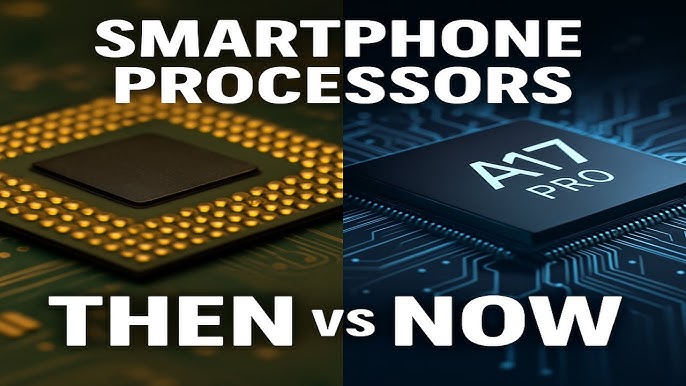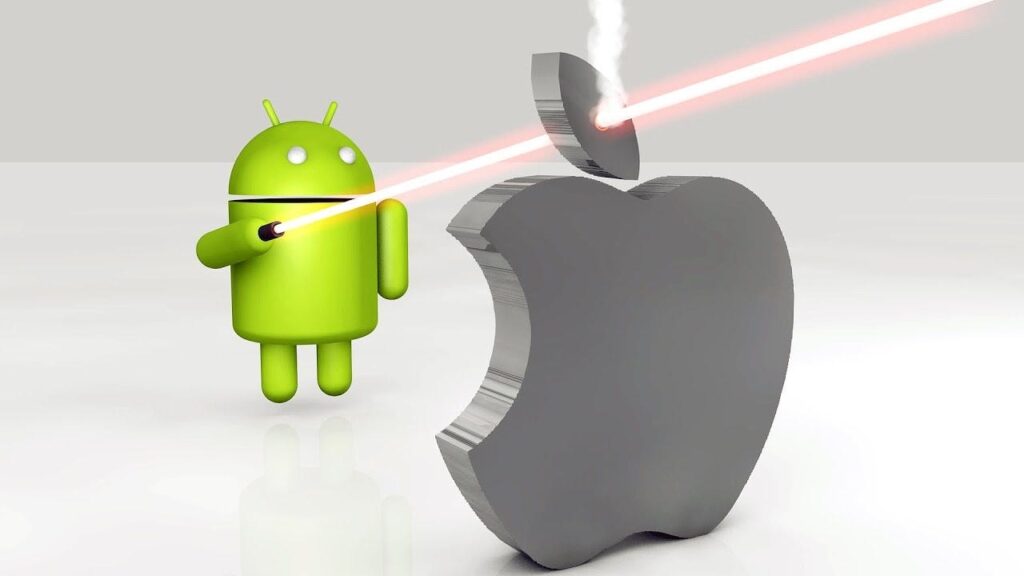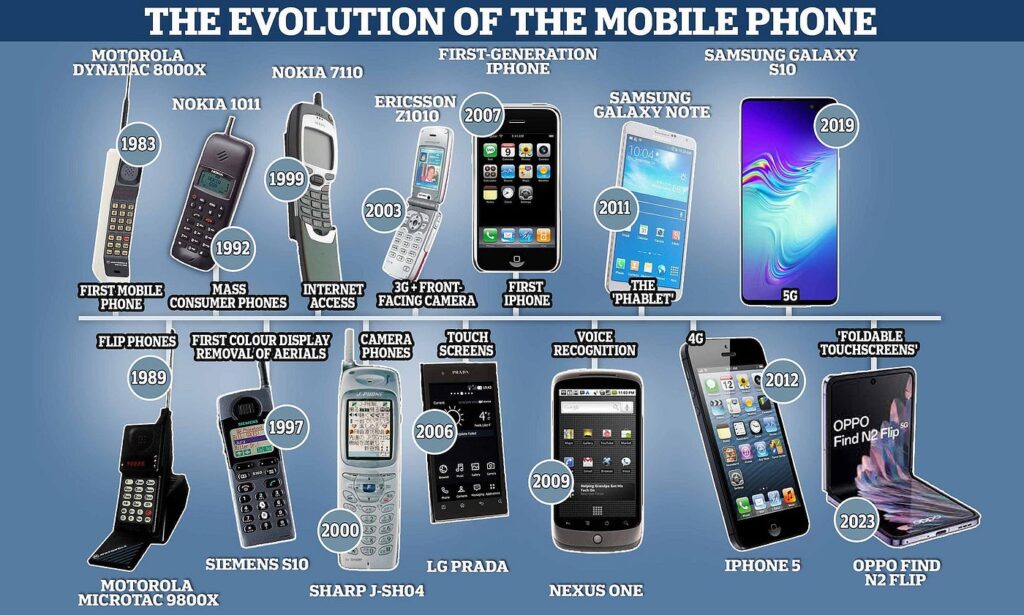Introduction
In today’s digital age, cloud storage is no longer a luxury—it’s a necessity. Whether you’re backing up family photos, collaborating on work projects, or transferring files between devices, choosing the right cloud storage provider can make a big difference in your productivity and data security.

In this 2025 showdown, we compare Google Drive, OneDrive, and Dropbox—three of the most popular cloud storage services—to help you decide which one suits your needs best.
1. Storage & Pricing
| Provider | Free Storage | Paid Plans (Starting) | Storage Upgrades |
|---|---|---|---|
| Google Drive | 15 GB | $1.99/month for 100 GB | Up to 2 TB on personal, 5 TB+ on business |
| OneDrive | 5 GB | $1.99/month for 100 GB or $6.99 with Office 365 (1 TB) | Up to 6 TB (with Office 365 family) |
| Dropbox | 2 GB | $11.99/month for 2 TB (Plus) | Up to unlimited (business) |
Verdict:
Google Drive leads in free storage, while OneDrive becomes more valuable when bundled with Microsoft 365. Dropbox is the priciest but offers powerful syncing features.
2. File Syncing & Speed
-
Google Drive: Fast syncing and integration with Android and ChromeOS. Backing up is simple via the “Drive for Desktop” app.
-
OneDrive: Offers “Files On-Demand” on Windows—files don’t need to be downloaded until you use them. Deep integration with Windows 11 makes syncing seamless.
-
Dropbox: Known for block-level syncing, which updates only the changed part of a file. Ideal for large files and collaborative workflows.
Verdict:
Dropbox wins on speed and performance for power users, but casual users may not notice a huge difference between all three.
3. App & Platform Integration
-
Google Drive: Integrates flawlessly with Google Docs, Sheets, Slides, Gmail, Google Photos, and Android OS.
-
OneDrive: Best paired with Microsoft Word, Excel, PowerPoint, and Windows ecosystem. Embedded in Microsoft Office apps.
-
Dropbox: Offers third-party integrations with Slack, Zoom, Trello, and Adobe. Not tied to a specific OS ecosystem.
Verdict:
Choose Google Drive for Google services, OneDrive for Microsoft 365, and Dropbox for third-party flexibility.
4. Collaboration & Sharing
-
Google Drive: Real-time collaboration is smooth and widely used in education and business. You can control access (view/edit/comment) easily.
-
OneDrive: Strong sharing features but more corporate-focused. Integration with Teams enhances collaboration.
-
Dropbox: Also allows shared folders and files with granular permissions, and “Dropbox Paper” offers document collaboration.
Verdict:
Google Drive excels for individual and team collaboration. Dropbox and OneDrive follow closely with business-friendly features.
5. Security & Privacy
| Feature | Google Drive | OneDrive | Dropbox |
|---|---|---|---|
| Encryption | AES-256 at rest, TLS in transit | Same as Google | Same as Google |
| 2FA | Yes | Yes | Yes |
| Zero-Knowledge? | ❌ (Google can access data) | ❌ | ❌ |
Verdict:
All three offer standard encryption and 2FA, but none provide true zero-knowledge encryption. For sensitive files, consider third-party encryption tools.
6. Ease of Use
-
Google Drive: Clean and intuitive interface; accessible on any device.
-
OneDrive: Familiar interface for Windows users; easy to use within File Explorer.
-
Dropbox: Slightly more complex but powerful features hidden under the hood.
Verdict:
Google Drive wins for simplicity, OneDrive for seamless desktop integration, and Dropbox for advanced users.
7. Who Should Use What?
-
Use Google Drive if you’re already in the Google ecosystem, need generous free storage, and love collaborative tools.
-
Use OneDrive if you’re a Windows user or Office 365 subscriber and want value-for-money storage.
-
Use Dropbox if you need fast file syncing, third-party integrations, or work with large files regularly.
Conclusion
All three cloud storage platforms offer excellent value—but the right one for you depends on your workflow and preferred tools.
-
For students and casual users, Google Drive is an unbeatable all-rounder.
-
For Windows power users and professionals, OneDrive is the smart choice.
-
For businesses, remote teams, and creatives, Dropbox shines with its powerful syncing and sharing features.
Whatever your choice, cloud storage is here to stay—and 2025 is the perfect time to streamline your digital life.
🔍 FAQs
Q1: Which cloud storage has the best free plan?
A: Google Drive offers 15 GB for free—more than OneDrive (5 GB) and Dropbox (2 GB).
Q2: Is OneDrive better than Google Drive for Windows users?
A: Yes. OneDrive integrates directly into Windows 11 and works seamlessly with Office apps.
Q3: Can I use all three services at the same time?
A: Absolutely! Many users combine them to maximize storage and flexibility.



